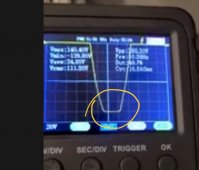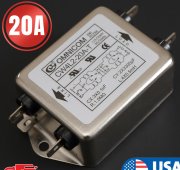Jazzmonger
Hacker at heart
Periodic=repeats= repeats constantly. I.e. sometimes multiple times a second.The issue is this is not periodic noise or induced by other items on the circuit,
you can see the noise in the captured waveform which contains the noise and it coincides exactly with flickering. I expanded the captured waveforms for clarity.




